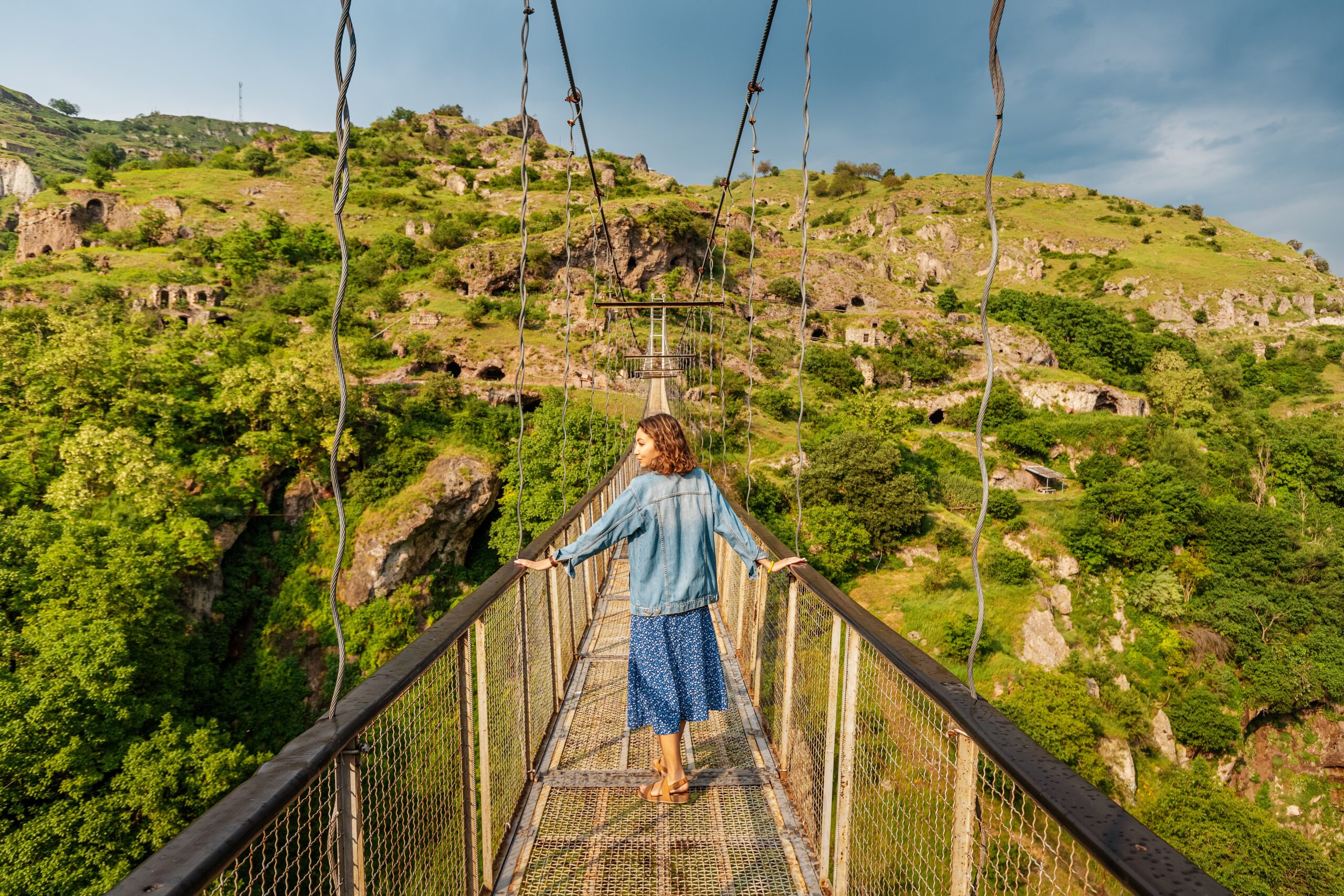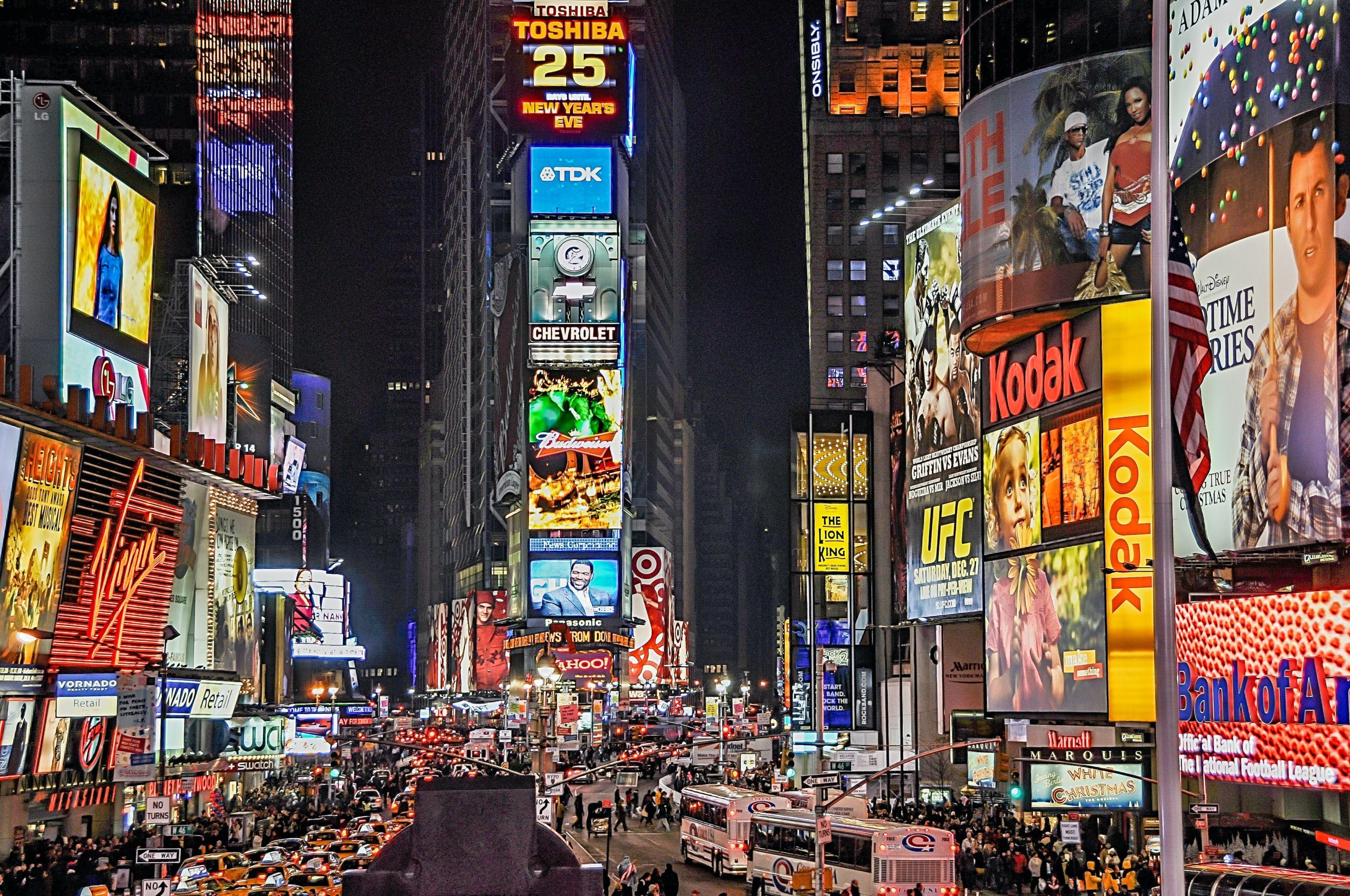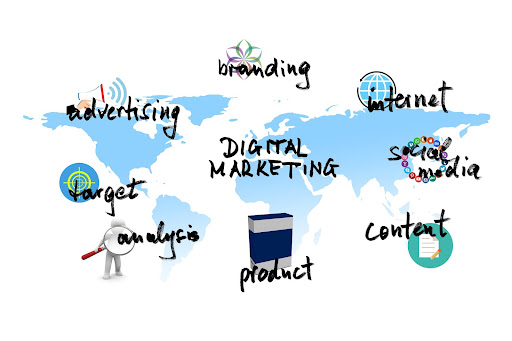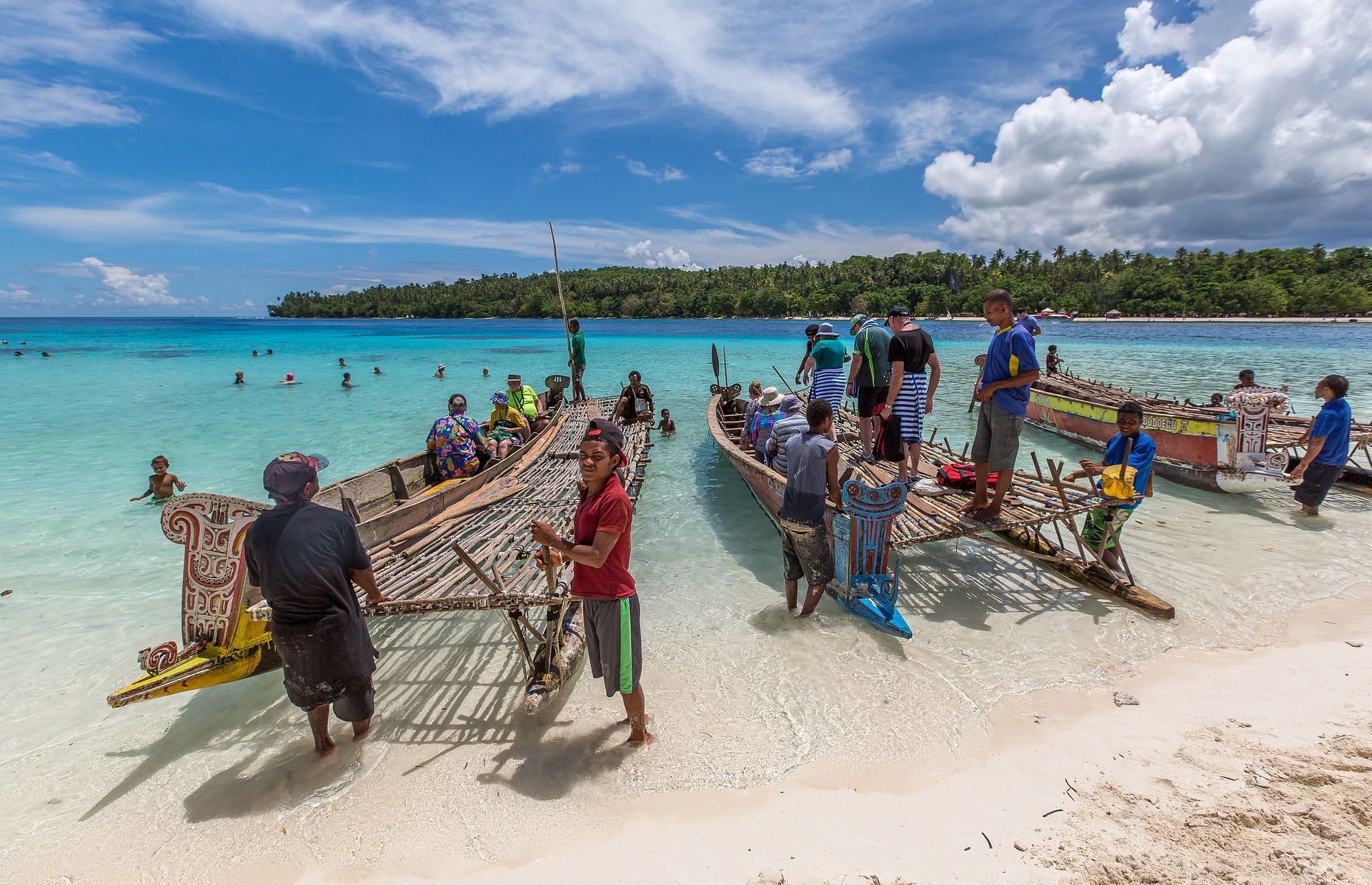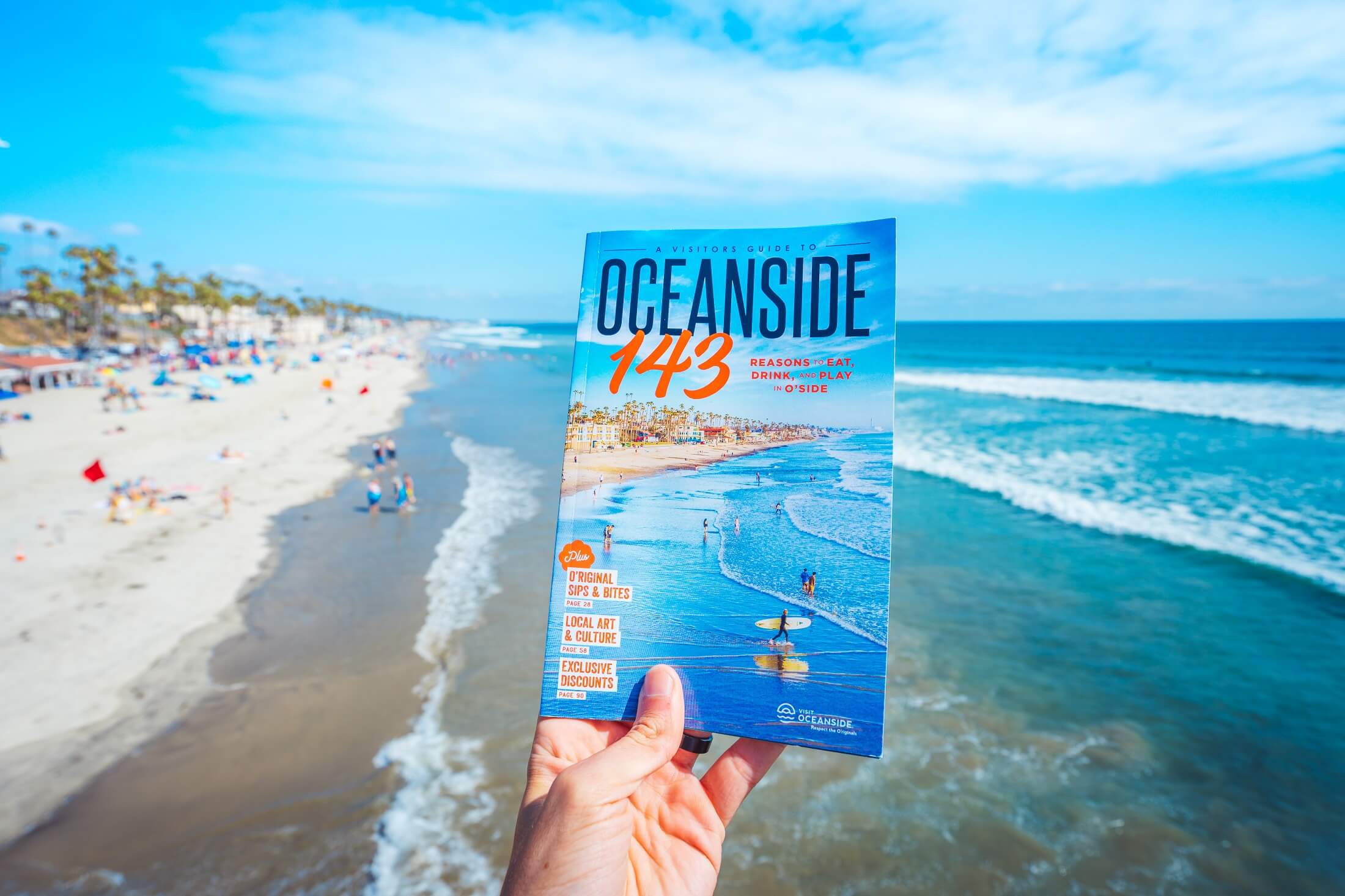Category: Tourism Marketing
What is the Value of Digital Destination Marketing?
Written by Lisa Elmes-Bosshard on . Posted in Blog, Tourism Marketing.
The digital era is synonymous with a time of constant change. Innovations are transforming industries at incredible speed. The travel and tourism industry is no exception. Technology is driving the way in which travellers are searching, accessing and consuming travel content. But how much has the industry changed? Find out below!
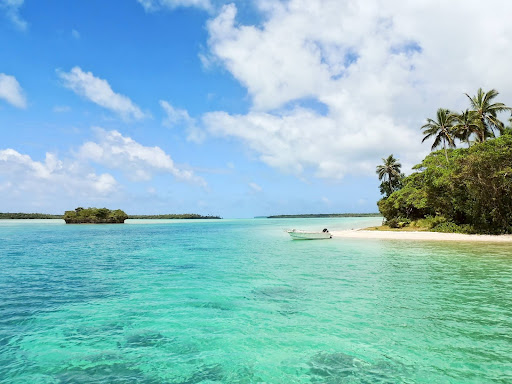
According to Wex’s US Travel Trends Report 2019, technology influences the imagination and preparedness of travellers today – this cannot be overstated. More recently, Google Trends insights highlighted that the pandemic has resulted in consumers having even higher digital expectations. They have adopted new digital habits, and changed their online behavior as a result. Destination Management Organisations (DMOs) therefore need to understand the value of digital destination marketing as an essential part of the marketing strategy. Digital is now the norm and a tool to reach consumers around the globe.
Digital marketing refers to all marketing that uses an electronic device or the internet.
But, what is digital destination marketing?
According to HubSpot, digital marketing refers to all marketing that uses an electronic device or the internet. Today, 65% of global travel and tourism sales are made online (Statista 2021), leading digital marketing to be even more important than traditional marketing. DMOs can creatively engage with potential visitors to raise awareness for its products and services, increase visitation, and maximize benefits for all its stakeholders.
Now more than ever, digital destination marketing matters. Destination Management Organisations are facing high competition for tourism dollars. They must not only find the right customers, but they also must standout, inspire, and engage them in the most effective and efficient way. Digital marketing facilitates these goals.
What is the value of digital destination marketing?
1. From local to global
As DMOs look to grow visitation, targeting new geographical markets are a logical step. Digital marketing brings a destination’s products and services to an audience anywhere in the world. Whether prospecting for new visitors using social media campaigns, or launching a paid search campaign, a destination can expand its presence beyond its immediate geographical vicinity.
2. Focused targeting
Using detailed customer data, perhaps from its website, DMOs can position its offering directly in front of its ideal consumer, that is, the audience which is highly likely to be interested. Messages can be personalized to increase the level of engagement with different segments. This reduces the wastage experienced in traditional marketing where one broad message is used to target everyone. Solimar’s work with destinations like Namibia integrates digital platforms in the marketing strategy to enhance the country’s awareness to its targeted audience.
3. Improved measurability
Tracking the results of traditional marketing activity is near impossible. With digital marketing, DMOs can see detailed performance throughout the life of the campaign. They can see precisely which activity is achieving their goals, and use this data to drive revenues and increase profitability.
4. Campaign agility
Due to its very nature, digital campaigns allow companies to make improvements at any point. Close monitoring provides data in real time and adjustments can be made rapidly. As a result, funds are spent smarter with less wastage.
Virtual reality transports travellers to the destination through a multi-sensory experience
What are the top digital marketing trends to inspire a DMO’s strategy in 2022?
1. Everything must be mobile, mobile, mobile
According to 2018 Google research, 45% of US and 48% of UK smartphone users are comfortable using a mobile device to research and book their entire trip to a new travel destination. Therefore, a ‘mobile first’ strategy is essential. DMOs will want to ensure that any action which they inspire consumers to take online, is easy to achieve on a mobile device.
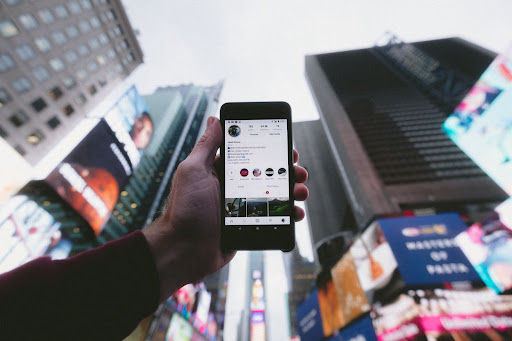
2. Content is King
Content is at the heart of digital marketing. It refers to everything from text and images to video and audio, and more. It has the potential to increase search rankings, drive visibility to the right audience, enhance brand image and build brand authority. As travellers do more streaming and posting of content online, DMOs can reap big rewards with storytelling which showcases the authenticity of its products and services.
3. Go virtual
Accelerated during the pandemic, virtual tours are used to transport travellers through a multi-sensory experience. Viewers get an immersive pre-travel experience without leaving their home. DMOs can really create standout brand experiences with intriguing storytelling and short engaging videos. Even individuals who are unable to travel, can get a flavour of the destination. Virtual reality experiences can support a destination’s sustainable tourism goals, as they reduce the impact of physical footprints in vulnerable locations.
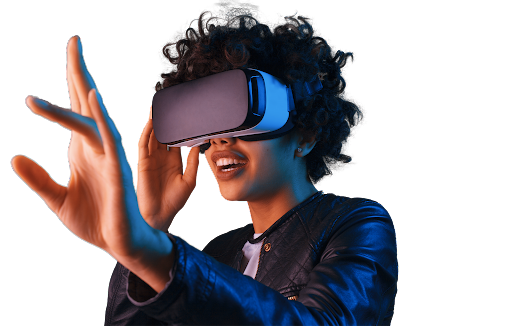
4. The power of video in destination marketing
Videos are powerful. They fully immerse the viewer in a different world more impactfully than images can. Google research cites that 65% of travellers search for travel videos online by destination. DMOs have an opportunity to create content in the format most appealing and likely to be found by potential consumers. Solimar International’s expertise in creating impactful videos was a key part of Jamaica’s successful community tourism programme. Four promotional videos, each showcasing a core theme of the community tourism experience, were launched on social media and other digital channels to raise awareness for the incredible sustainable initiative.
Social media platforms such as Facebook, Instagram and, more recently, TikTok, are ideal for this. TikTok is now mainstream – with over 1 billion active users, the average user spends 52 minutes per day on the platform. It gets the highest engagement of any social platform and is seeing the 25 – 39 age group as its fastest growing segment. The quality of the content and the collaboration with influencers are the keys to success on this platform. By offering fairly low-cost opportunities for influencers to experience the destination, museum or festival entrance, for example, the content can reach large audiences.
So, why should I care about digital destination marketing?
The value of digital destination marketing is significant. It enables DMOs to promote its products and services to a more targeted audience, it affords the use of cost-effective channels to reach wider geographic markets, and it helps to enrich content. All of these combined drives success for the destination.
Solimar International creates strategic online marketing strategies and social media marketing plans for destinations worldwide, including Rwanda and Tanzania. Interested in how we can help you with destination digital marketing? Contact us to learn more.
Destination Branding: Top Tips to Attract Travelers
Written by Emilija Zagere on . Posted in Tourism Marketing.
Destination branding – more than just a logo
What exactly is destination branding?
To start things off, it is important to first understand what a brand is: what is the purpose of destination branding, and how it is different from destination marketing? A brand is more than just a logo, a color scheme, and a slogan.
Your destination brand is a reflection of your culture and its people, history and heritage, traditional and modern ways of living, built and natural environments. It wrapped by the totality of perceptions, feelings, and thoughts that your guests have about your destination. It is the foundation of your marketing strategy and your most important marketing tool.
Destination branding, commonly referred to as place branding, is the process of identifying, crafting, and nurturing the unique identity of a destination. It is building a story around the key elements, values, and the destination proposition, orchestrating consistent messaging that highlights just that and, ultimately, forming a reputation in the eyes of its visitors. In other words, destination branding is all about who you are. It is the focal part of destination marketing that, in turn, defines how you communicate and deliver your message to the right audiences.
Top examples of destination branding
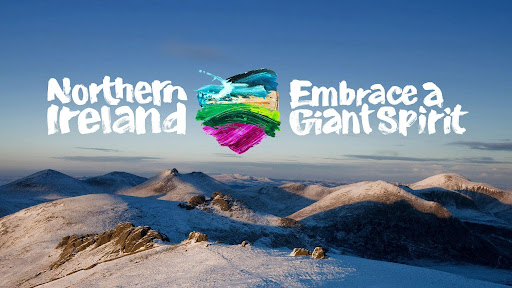
Tourism Northern Ireland – Winner of The 2020 Travel Marketing Awards, Category Destination Brand of the Decade, image courtesy of Monotype.
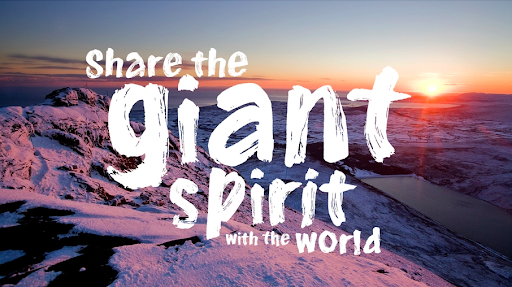
‘Northern Ireland – Embrace a Giant Spirit’ brand focusing on experiences, heritage and belonging, courtesy of Monotype and Genesis.
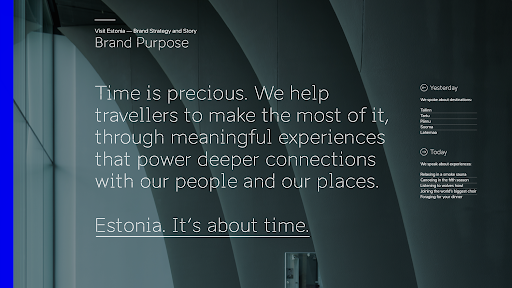
Courtesy of Lantern. Estonia’s Repositioning and re-branding strategy focuses on telling a story about a lost paradise and experience-first destinations that allow travelers to make the most of their time.
Why is destination branding important?
Prior to the COVID-19 global pandemic, travel and tourism was one of the largest and fastest-growing economic sectors in the world (UNWTO). While the global economy and the travel sector aim to recover safely, eager travelers are anxiously waiting for their time to travel again. Though it may still be unclear what exactly tourism will look like after COVID-19 recovery, and when that may take place, industry experts say the tourism sector will be among the last to recover.
Not only are thousands of destinations planning and preparing for reopening, but undiscovered destinations are also establishing themselves every year joining the competition for the valuable tourist dollars. In such a saturated marketplace, carefully crafting a brand story that will resonate with the key audiences and potential visitors will allow your destination to stand out.
Differentiation is the ultimate objective of branding. Effective destination branding that stands the test of time while remaining competitive, dynamic, innovative, and agile to ever-evolving industry trends and consumer behaviors. It is what holds the key to successful destination development and tourism growth.
How to brand your destination successfully
Building your destination brand should focus on the uniqueness of the place and its surroundings. Consequently, the first step to building a destination brand, according to the World Tourism Organization and European Travel Commission, should be an audit of the destination to include the emotions and perceptions associated with it. Followed by that, it is important to recognize the strengths and weaknesses of the destination as well as identify your target market. Understanding your target audience will allow you to effectively articulate and deliver your destination’s unique selling point throughout the various touch points of the customer journey. A thorough competitor analysis should be carried out to identify a possible market gap, while successfully positioning and differentiating your destination.
It is important to mention that stakeholder involvement is an integral part of destination brand development and the branding process. A brand’s success is directly linked to the acceptance and support from local residents, and the public and private sectors. You should consider all these entities as brand ambassadors that will directly impact the perception of your destination in the visitor’s eyes. After completing an inclusive and comprehensive destination audit, you’ll be off to a great start to build your destination brand.
Practical tools, such as the brand pyramid, can help define the destination and brand identity by considering all core components of your destination. The foundation of your brand pyramid lies in the rational attributes, the characteristics of a destination, and its tourism offer, i.e. the activities, the landscape, or the weather. Next, consider the emotional benefits and think about how the visitors feel about the destination and what feelings they take away from their visit. The third layer of the pyramid is the brand personality, the main characteristics, and attributes of the brand, including the question of how the brand should be perceived and described by the audience. Is your destination calm and charmingly intimate, or is it wild, vast, and rough? Perhaps it is a combination of the two? Furthermore, the brand positioning describes the uniqueness of your brand, led by the question of what makes the destination stand out from its competitors. Finally, the very top of the brand pyramid is the brand essence, the heart of your brand, and what wraps all other components and makes them into one.
After identifying all the components of your unique destination brand, it is time to build an engaging, empowering, and passionate brand story that will resonate with locals and visitors alike. Your story will be the backbone of your tourism marketing plan, strategy, and integrated marketing communications. Choosing the right visual tools and communication mediums will be essential in effectively and consistently communicating your brand promise, reaching the right audiences, and achieving your marketing goals. It also supports building relationships based on trust, and growing your destination popularity.
Solimar acknowledges the importance of destination branding and provides more insights about this topic within our expert produced Destination Management Organization (DMO) development course. The course provides a deeper dive into the intrinsic components of destination and marketing organization planning, development, branding, and marketing.
Are you a destination who needs help with your destination branding? Contact us today!
Written by Lena Eckert and Emilija Zagere
Covering Your Bases: How to Reach Visitors Online and through Print Materials
Written by Emilie Ehrman on . Posted in Tourism Marketing, Uncategorized.
Tourism itself is an experience economy. Social media content and visitor guides are two elements of this experience economy that must work together.
It is important for DMOs to use their social media strategy and visitor guides as a way to give potential visitors a way to imagine an experience in the region. Through the use of social media, a DMO can create content and share information that brings more traffic to their area.
Social Media Practices
The changes in tourism as a result of COVID-19 have demonstrated the importance of the use of social media in tourism marketing. Social media allows DMOs to have conversations and share information with both their potential visitors and their local constituents. Through the use of social media channels, a DMO can:
- build and maintain communities of interest,
- collect user-generated content (UGC),
- display photography and videos,
- distribute topical news stories,
- emphasize current events and campaigns,
- encourage word-of-mouth recommendations, and
- get feedback
These goals are best realized by a DMO when the organization has a presence on all major social media platforms (Facebook, Twitter, and Instagram).
Social Media Content Strategy
A social media content strategy is designed so that DMOs can plan posts and content over a specific period of time. This helps the organization think strategically about its monthly, quarterly, and annual goals. DMOs should be scheduling 2-4 posts a week with at least one blog post per month (when applicable). Hashtags and tags should be used in posts to make the region’s DMO page more accessible and bring about a central message. Additionally, a unified voice should be maintained to create a consistent flow of content, all with the oversight of a peer review system to ensure all posts are kept professional and approachable. The DMO should also periodically check its analytics on their posts to see what performs well and what doesn’t, and adjust accordingly.
In the social media module of the DMO Development Course, Anne Robertshaw spoke on the importance of this relatively new form of marketing. She emphasized that no DMO is “too late to start social media platforms.” Her interview gave insight into how DMOs should use social media to promote their diverse regions while also highlighting of its product offerings.
Visitor Guides
Visitor guides are complementary — and essential — tools for communicating with a destination’s audience and appealing to potential visitors. Think of it as the ultimate advertising booklet for your destination: a good or bad visitor guide can make or break your marketing efforts.
When creating a concept for the optimal visitor guide for your region, consider having a compelling cover that will draw the eye of visitors — one that tells a story about your destination. In coming up with potential content to add, be sure to interview important people in the service community (i.e. chefs, artists, historians) to not only highlight the amazing people in the region, but also indirectly advertise their businesses.
It is also critical to include a map in the guide. With a well-detailed and visually appealing map, the visitor guide will create a sense of place and orientation to those who read it. This map can also be used by the DMO to highlight attractions, businesses, trails, art districts, and any other sites in the region. Map making is a great tool to bring tourism stakeholders together to create a tangible project
In Solimar’s Week 12 Module on Visitor Guides through our virtual DMO Development Course, Ronda Thiem and Katy Spining of Madden Media spoke on the importance of visitor guides. Spinning stated that to make a good visitor guide, there should be extra pages that allow for the publication of “authentic experiences of your destination with potential visitors.” Additionally, Theim recommended interviewing local community members about their favorite attractions in the destination. For instance, an interview with a chef from the community will entice visitors to visit the local restaurants that have been recommended.
Much like social media marketing, visitor guides have to be authentic and represent the core message of the DMO — and the destination itself. Be consistent and use a unified voice through the messaging sent along via social media and visitor guides so that visitors can set their expectations. After that, trust that the destination’s attractions and stakeholders will offer products and services that help these expectations to be exceeded.
Tourism Marketing 101: The Importance of a Destination Branding Strategy
Written by Emilie Ehrman on . Posted in Tourism Marketing.
Branding a tourism destination requires a long-term strategy integrated into numerous different channels. It is more than just logos, taglines, commercials, billboards and social media posts. A destination’s brand is defined by a perception of its guests. It is an emotion that visitors feel, brought on by experiences created by stakeholders. Successfully implementing a branding strategy must begin with the destination asking itself the question, “What makes our place unique and attracts visitors?”
This chapter of Solimar’s DMO Development series explores how to put a strategy in place once these questions are answered.
Strategic Integrated Marketing Communication (IMC)
Oftentimes, DMOs will use an assortment of communication tactics across their many different platforms (Internet, print, billboards, TV, etc.), leaving their overall strategy fragmented. Integrated marketing communication, on the other hand, is a collaborative and promotional marketing function where a targeted audience receives consistent and persuasive brand messaging through various marketing channels. It is designed to move buyers, or in this case potential visitors, through the “where to travel next” decision making process. Social media campaigns should align with TV ads, which should link up with messaging on billboards and in print media. When executed successfully, an integrated marking communications plan ensures that marketers are using all available channels to amplify their marketing campaign and brand messaging to reach their target audience, or buyer persona.
A great example of integrated marketing communication comes from Montana, where the Montana Office of Tourism designed a campaign around Montana Moments. As the state’s official website reads, “To help increase awareness of Montana, the concept needed to break through the noise of the tourism market while setting Montana apart. The print, social, out of home, digital and earned media campaign focused around searching for moments.” This campaign won numerous awards and resulted in an increase in visitor spending, as well as a 38% increase in organic traffic.
The Traveler Decision Making Process
Through the vast tourism ecosphere, there is a process that all tourists move through before deciding where to take their next trip. For marketers, this path is broken into four parts:
- Attract – Introducing travelers to a destination can be done via digital marketing (paid advertising, social media), billboards, commercials, etc.
- Engage – Destinations now have the ability to develop relationships with traveler through interactive media, personalized communications, travel planning guide, and of course, social media. User-generated content has become a key to effectively engage an audience.
- Convert – Once the decision has been made to visit a destination, the DMO must ensure that booking channels are easy to find and navigate through. The user experience should be designed in such a way that booking a trip is as seamless as possible, thus preventing travelers from leaving (or bouncing from) the site in the midst of creating a reservation.
- Experience and Share – DMOs now have the ability to speak directly to their guests via user-generated content. Marketing managers should LISTEN (to their target audience via reviews on TripAdvisor, Google), WATCH (the images and videos that are being shared through different social media channels), SYNTHESIZE (the messaging that is being published by your audience), and RESPOND (to keep the conversation moving forward).
The Implementation of an Annual Marketing Plan
Let’s revisit the travel promotion’s virtuous cycle: more visitors lead to more money, which leads to more jobs and taxes. The need to market a destination is designed to make this cycle continue its spiral. The understory of the virtuous cycle is the annual marketing plan.
So, how do you implement an annual marketing plan?
- Identify the target market and understand how your destination meets their needs
- Set specific, measurable goals and time frames for your marketing activities
- Position your destination so that the target market sees your destination as better than, or different from, the competition
- Map out a strategy to reach the target audience, including messages, channels, and tools that will be used
- Communicate with your tourism partners so they can align their marketing efforts with those of the DMO
- Demonstrates to your funding and industry partners how the plan will be effective
DMO’s need an annual marketing plan — one that is revised annually and remains fluid throughout the year to ensure it remains in line with current events (Exhibit A: travel during a pandemic).
DMO Expert Interview
This session’s DMO expert interview featured Courtney Cacatian from the Charlottesville & Albemarle Convention and Visitors Bureau.
Cacatian suggests that, above all else, the most critical element of destination branding is market research. Anecdotally, she explains that the Albemarle CVB adjusts their marketing strategy based on who is more interested in specific activities. She uses bluegrass enthusiasts or bucketlisters as examples of the CVB’s target audience. She also explains that determining ways in which visitors will increase spending during their trip — or upselling — has been a key to growth in her destination,
Solimar asked Cacatian what advice she would give to a DMO director creating a new marketing plan. Her answer? “Read other destination’s strategic plans, especially if you can find similar destinations. See what’s important to their industry and their board. Even if there’s competition, our success is their success and vise versa….Read. There’s always more to learn.”
Leila Calnan, Senior Manager, Tourism Services Cardno Emerging Markets
Contact us
-
Address
641 S Street NW, Third Floor
Washington, DC 20001 -
Phone
(202) 518-6192 -
Email
